Pacific Northwest
Access to Water Safety
Written by Eileen Wang
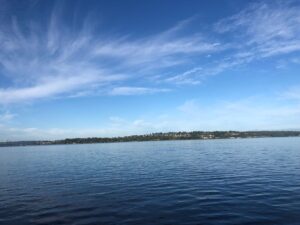
The Puget Sound region is blessed with the natural beauty of many types of waterways. From the Puget Sound itself, to lakes, rivers, streams, and ponds, residents can not only enjoy the beauty from the shore, but also take to the water in a variety of ways. A few of the statistics that speak to the risks[1]:
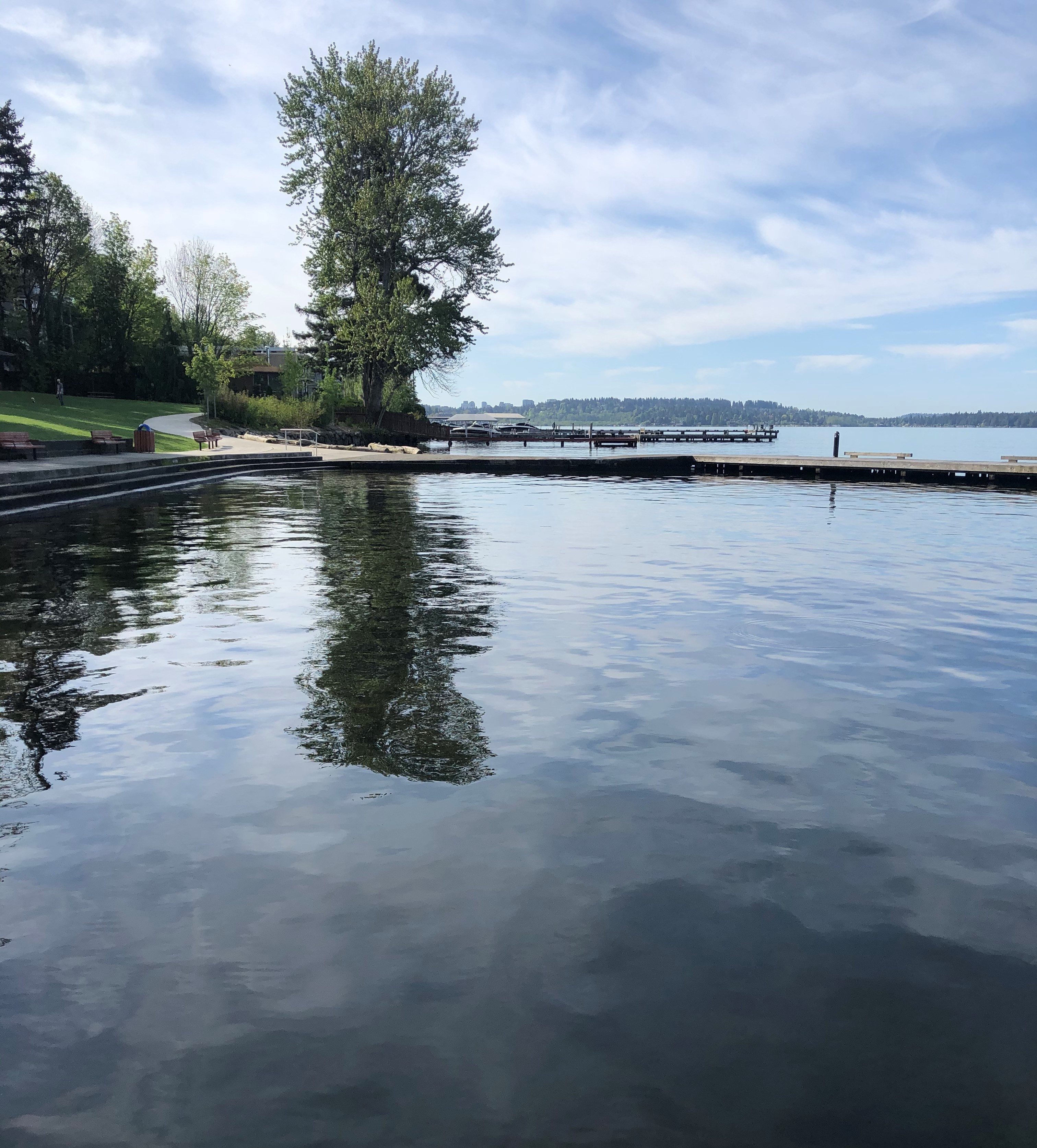
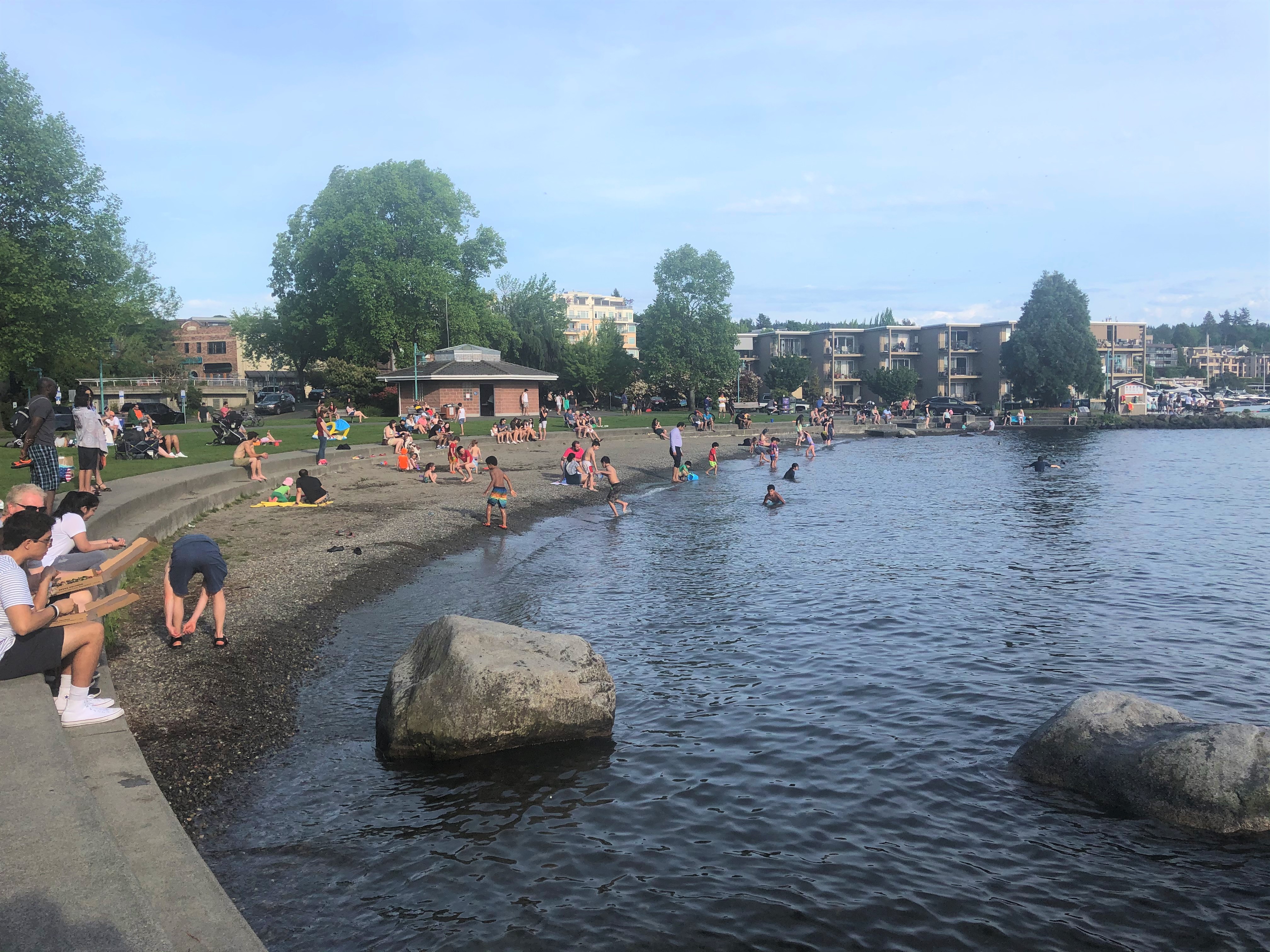
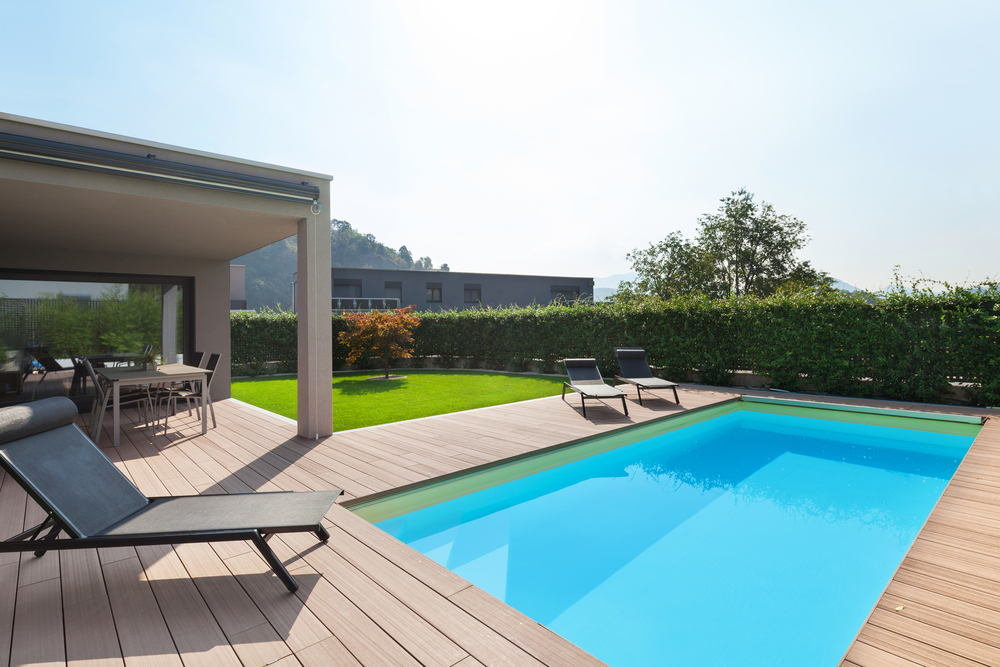
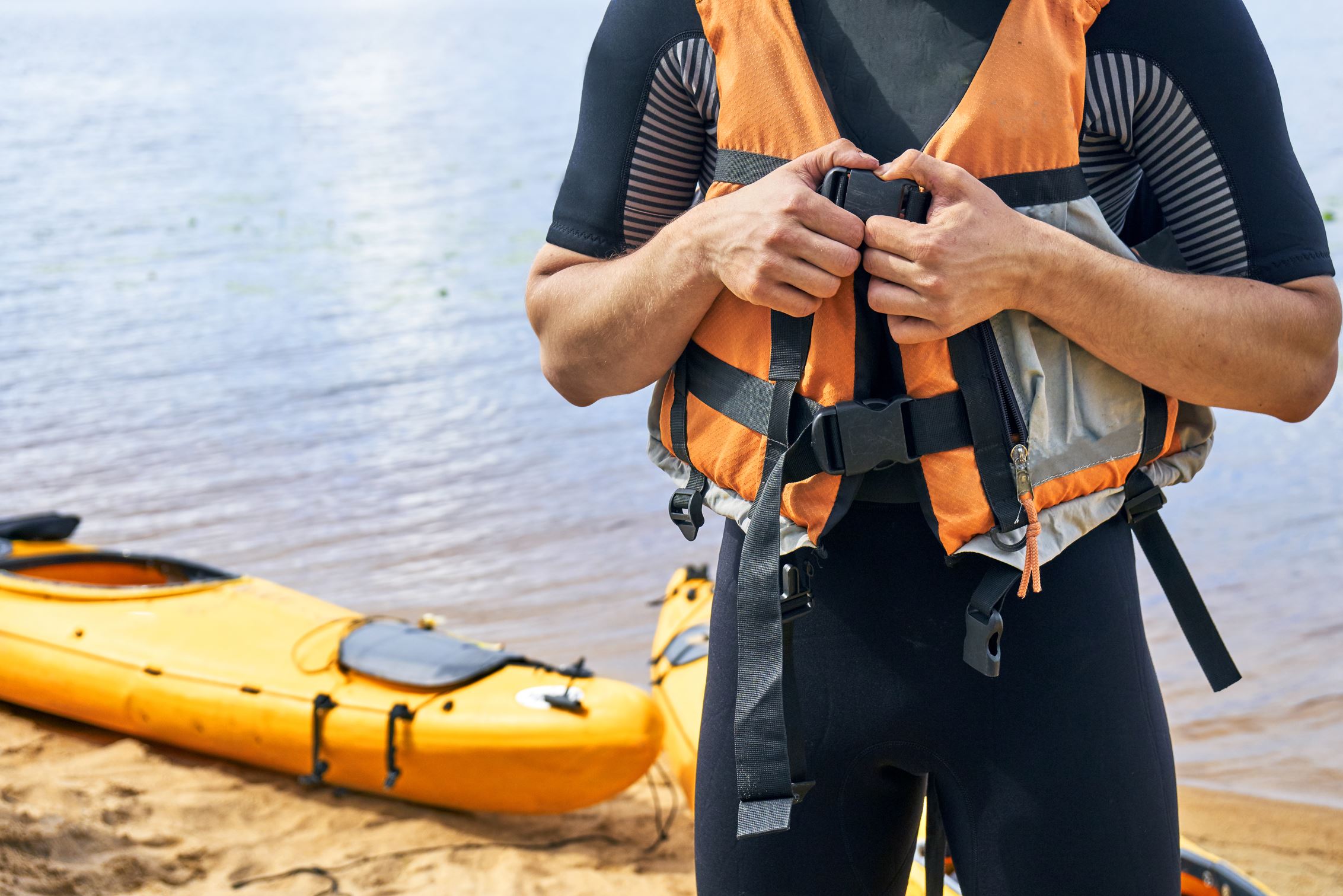
Drowning is preventable.
Through teaching the community how to be comfortable in the water, to providing accessible swim lessons, to designating ‘water watchers’ for kids, and to promoting the wearing of life jackets in open water scenarios, these and many more methods drastically reduce the risk of drowning. For example, the USA Swimming Foundation cites that formal swim lessons reduce the risk of drowning by 88%.
Formal swim lessons reduce the risk of drowning by 88%.
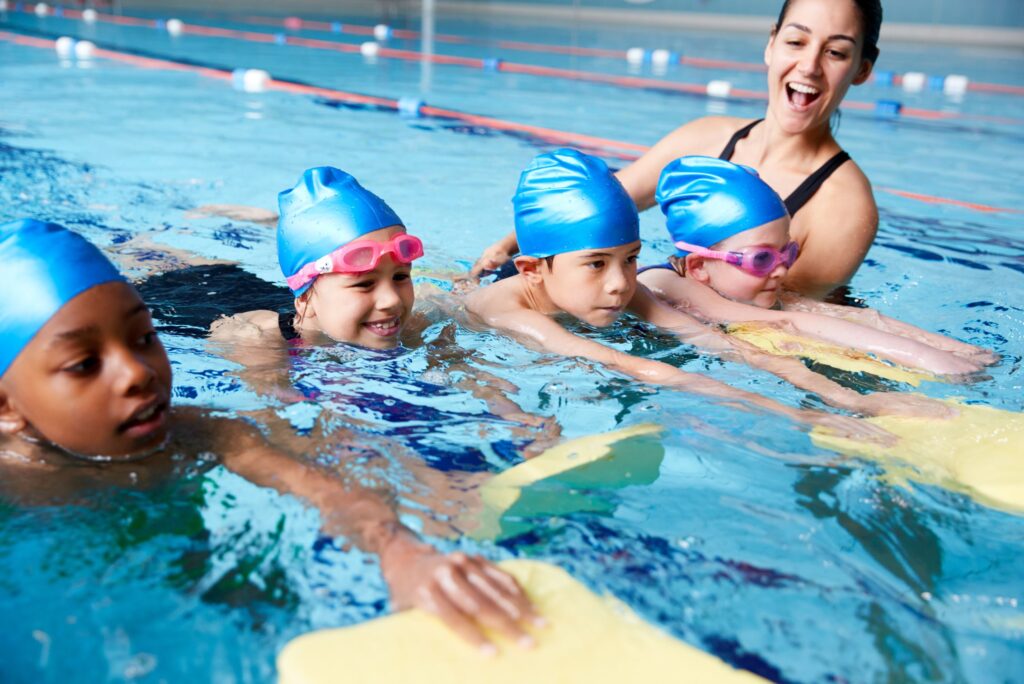
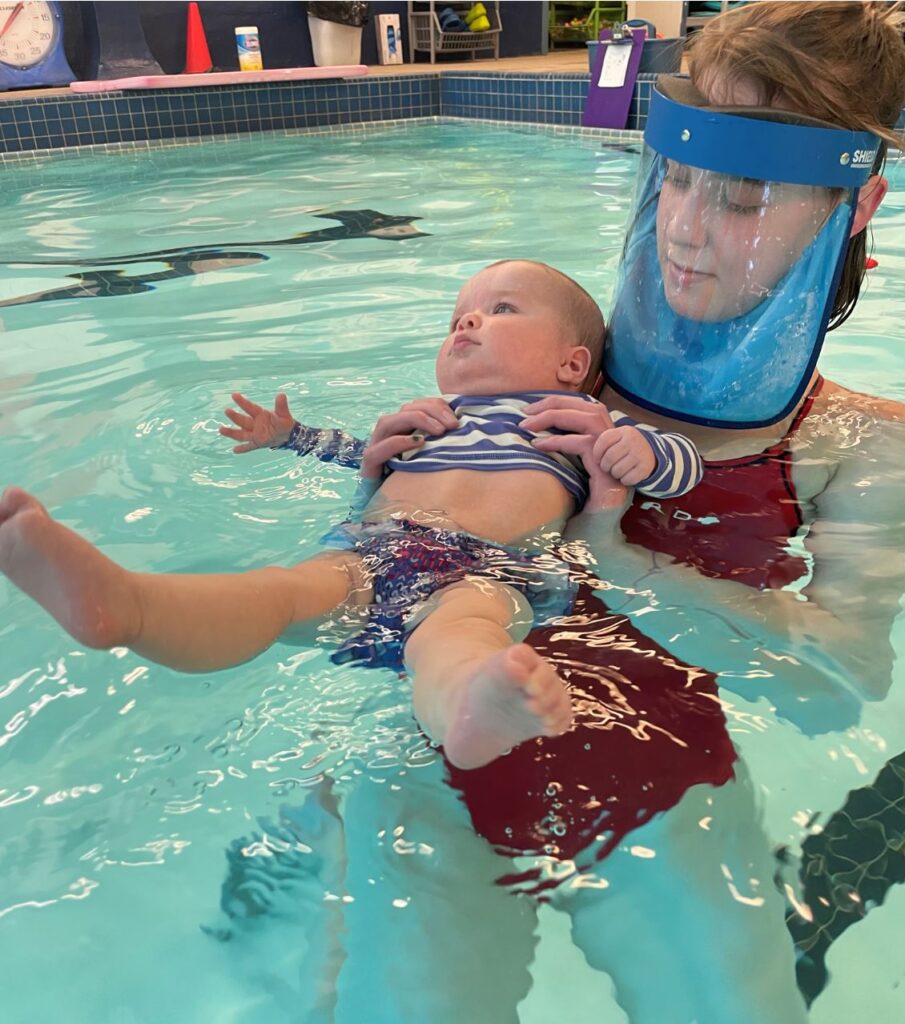
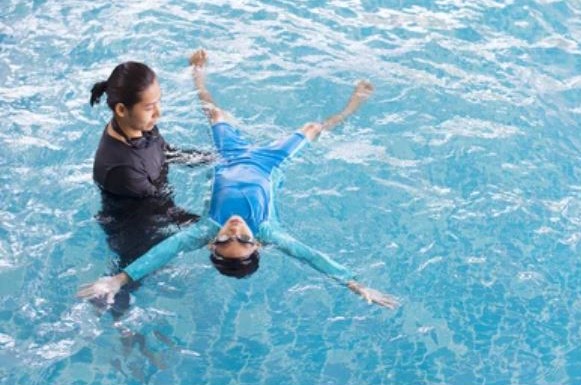
Getting kids comfortable in the water starts in the baby bathtub, though it’s never too late to learn, even for adults. Blowing bubbles, knowing how to turn over to float on one’s back, these are often starting points in swim lessons because they are the foundations of safety and comfort in the water.
When a caregiver does not know how to swim, their children have a 13% chance of learning how to swim.
There is very strong demand for swim lessons in our area. Many local parents have experienced firsthand the challenge of signing up their children for swim lessons. If not, it is common for people to have heard the horror stories: costly gym memberships; long (into the 1,000’s) and multiple waitlists that might be full to new families; a private network between parents who learn of instructors teaching out of their backyard pools; signups for public programs that fill within minutes of the registration time; driving in traffic to a farther location to have kids swim in a more desirable pool. It can be so overwhelming that families will give up in exhaustion after several months of searching.
We've been concerned about COVID and so were looking for either a private or outdoor pool scenario. We pursued some programs through the YMCA but couldn't get a time that worked, and then looked into private outdoor pools but the waiting lists were crazy (like 13 years plus)!
Survey Respondent
Time spent looking for swim lessons: 6 months
I started with all the private places on the eastside and we ultimately joined a private club on Mercer Island for my son to do swim team and my daughter to take swim lessons. We commute from Issaquah to Mercer Island.
Survey Respondent
Time spent looking for swim lessons: Greater than a year
A shortage of local pools, public and private, became a lack of pools when they closed for extended periods of time during the pandemic. Closures exacerbated the problem of access to pools and has left a significant gap in local kids’ and adults’ ability to swim and be safe near the water. Combining this with the record high temperatures this past summer, there has sadly been a growing trend of more drownings from May through August of 2020 than in 2019. Staffing to run aquatics programs has been the biggest challenge, especially for instructors and lifeguards at public and private pools and local beaches.
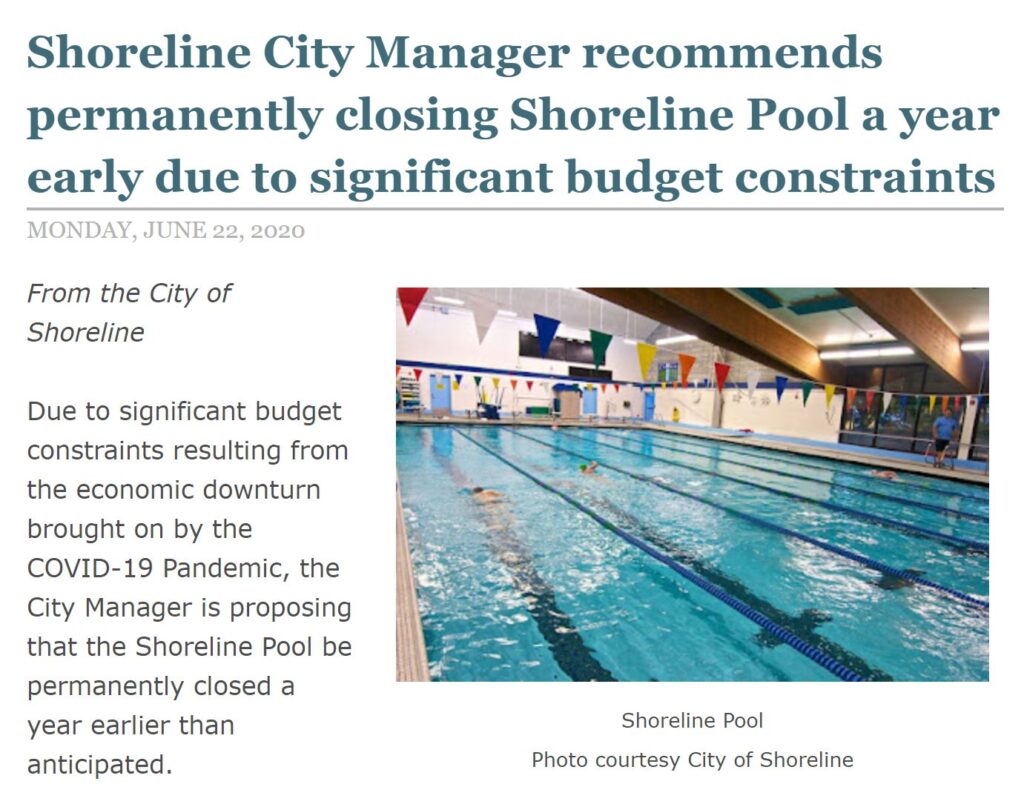
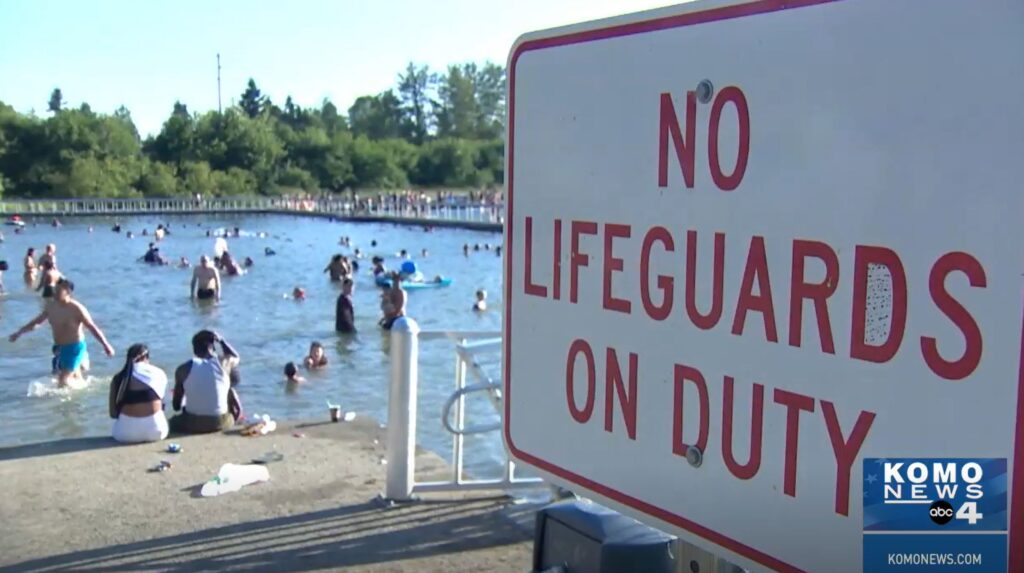
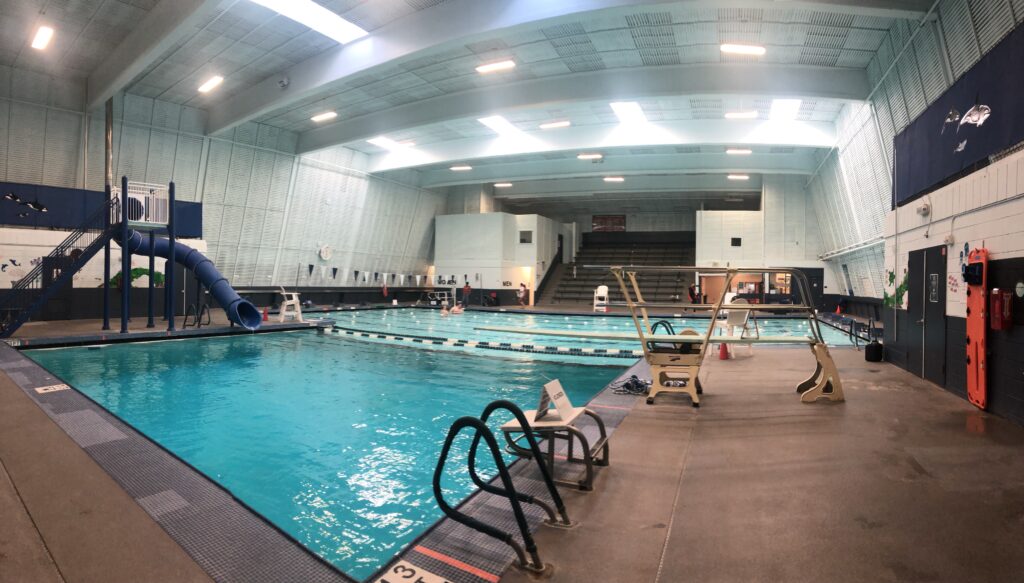
Bellevue Aquatic Center, built in1971. The only public pool serving Bellevue, pop. 148,100 (2019).
Bellevue High School Boys Swim Team training in January in the private Edgebrook Pool in Bellevue
The limited number of public facilities that are available are terribly outdated and haven’t been expanded to meet today’s demand. There have not been any new public aquatics facilities built in the region since the 1970’s. However, King County’s population has increased by more than one million people since 1970, including over 200,000 people on the Eastside. Specific to the Eastside, Bellevue has one lone public aquatics facility that was built in 1970 to serve 148,100 residents. Bellevue residents largely learn to swim in private community pools, private swim schools such as SafeSplash, and backyard pools. Three of the four Bellevue high schools’ swim, dive, and water polo teams practice in outdoor community pools year-round. While it is amazing that there is such a strong interest and participation in the local aquatic offerings, only a small portion of the demand is adequately addressed.
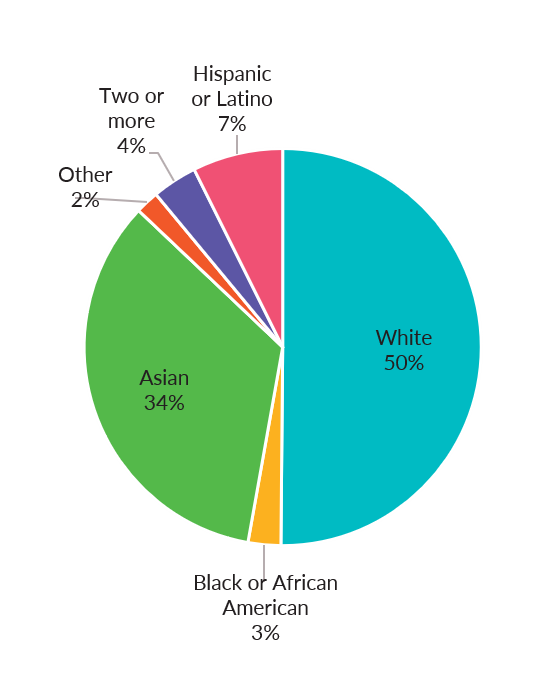
Race and Ethnicity in the City of Bellevue, 2017 [4]
The Asian American, Black, African American, Hispanic, Indigenous, and Latinx populations comprise 50% of Bellevue residents, and research has shown that demographics play a role in access. Exposure to water safety is especially needed for the 64% of African American and 45% of Latinx children who have little to no swimming ability, as compared to 40% of White children in the same category[2]. 66% of Asian Americans (adults and children combined), don’t know how to swim[3].
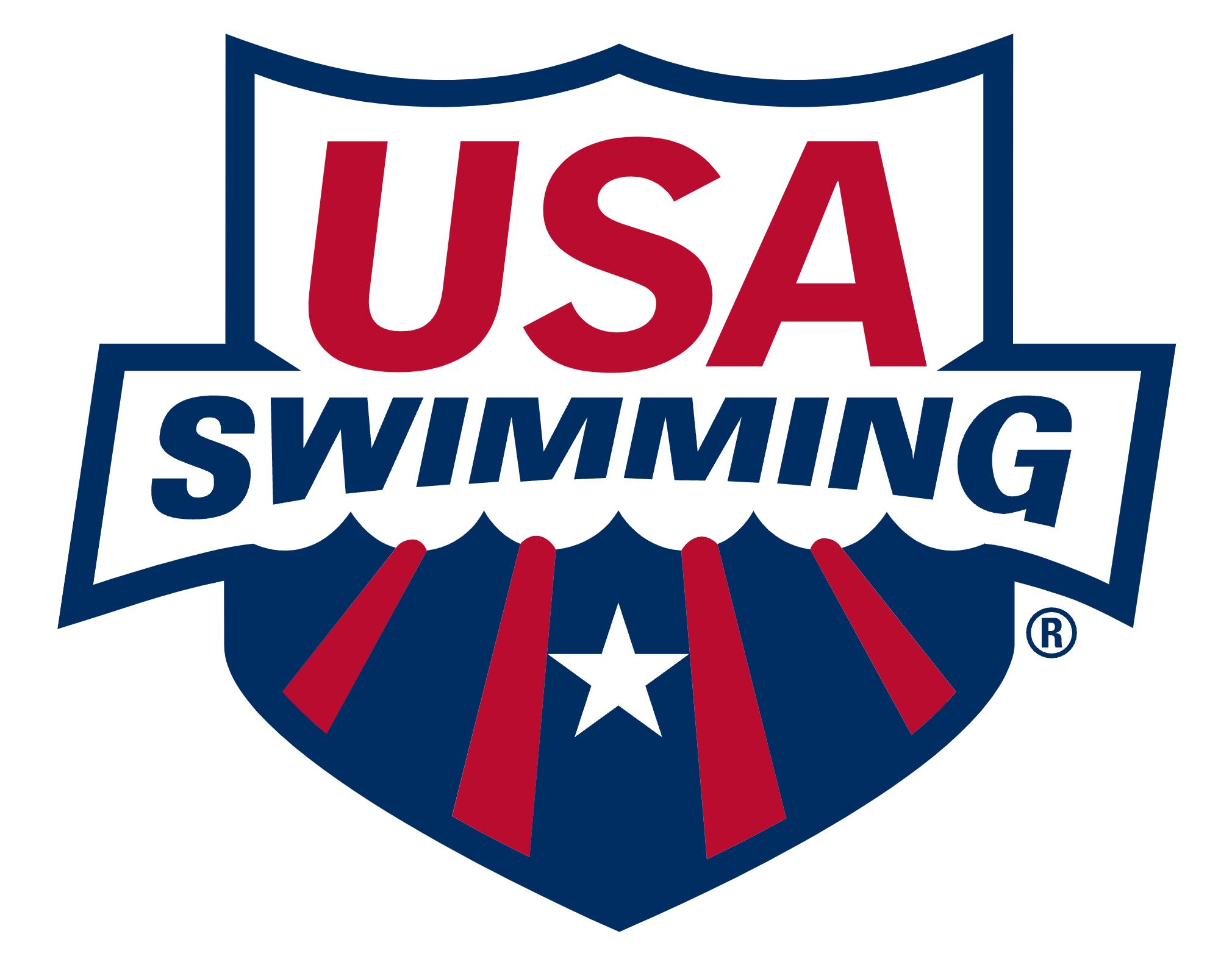
In a recent article from Sunset Magazine, journalist, swimmer, and surfer Bonnie Tsui describes her experience:
As a Chinese American kid growing up in a really white town and finding my tribe on the swim team where it was really diverse and there were different bodies of all shapes and colors and sizes—that’s the place where I actually finally felt at home. Growing up as a kid of working-class immigrants, I knew that it was a privilege to have the community pool nearby and how special that was. I’m always thinking about how access to the water and swimming education is a very privileged thing. I mean all of this to say that I care about it a lot and I wish that universal swimming education was something that was available in this country as part of the public school system, which is something that happens in other countries. [5]
John Doe
Increased access and universal swimming education are modeled in communities across the country with modern aquatic facilities. The Rose Bowl Aquatics Center in Pasadena, California and the Greensboro (North Carolina) Aquatic Center both partner with their local school districts to offer a Learn to Swim program for every 3rd and 2nd grader, respectively. In Holland, Michigan, the Holland Community Aquatic Center underwent an expansion in 1999, and has worked with the local school district to integrate a Learn to Swim Program that includes special needs programming and serves 5,000 students annually.
While these statistics speak specifically to local school partnerships, each of these facilities also offers programming for adults and seniors to serve the entire community. From rehabilitation and therapy services to competition for local and regional swim meets, they all operate as inclusive centers for the health and well-being of their communities.
This could be the future for an aquatic facility in Bellevue.
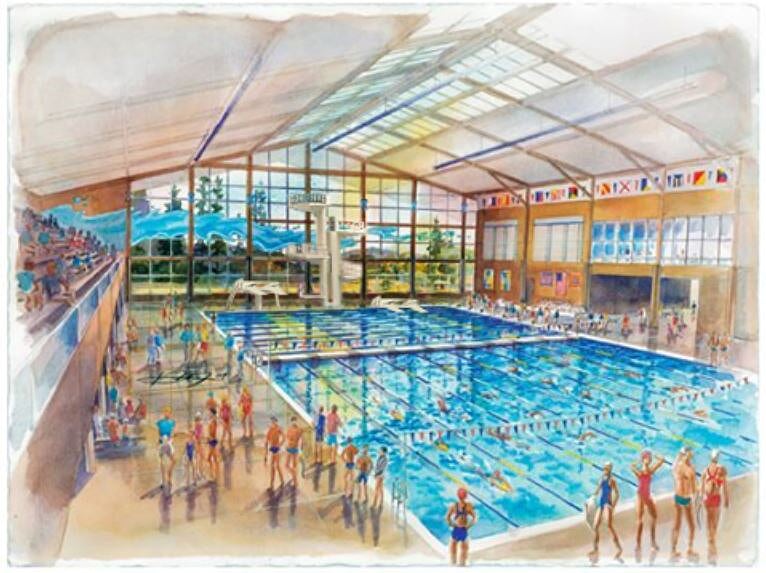
In partnership with City and Regional Governments, school districts, community organizations, and local businesses, SPLASHForward is a non-profit, 501(c)(3) leading the advocacy efforts to bring a world-class public comprehensive aquatics center to Bellevue, and satellite facilities to the region. Central to SPLASHForward’s mission is keeping our communities healthy, safe, and able to fully enjoy being in and around the water of the Puget Sound region. As part of its mission, the organization has participated in educational water safety efforts, distribution of life jackets, virtual fitness class for kids with former Olympians, funding high school lifeguard training for Bellevue School District students, and a program called Aquatics Pathways, that establishes community partnerships to develop and support intentionally culturally relevant programming to increase access to aquatics for underserved populations.
Join us in our journey
Learn More...
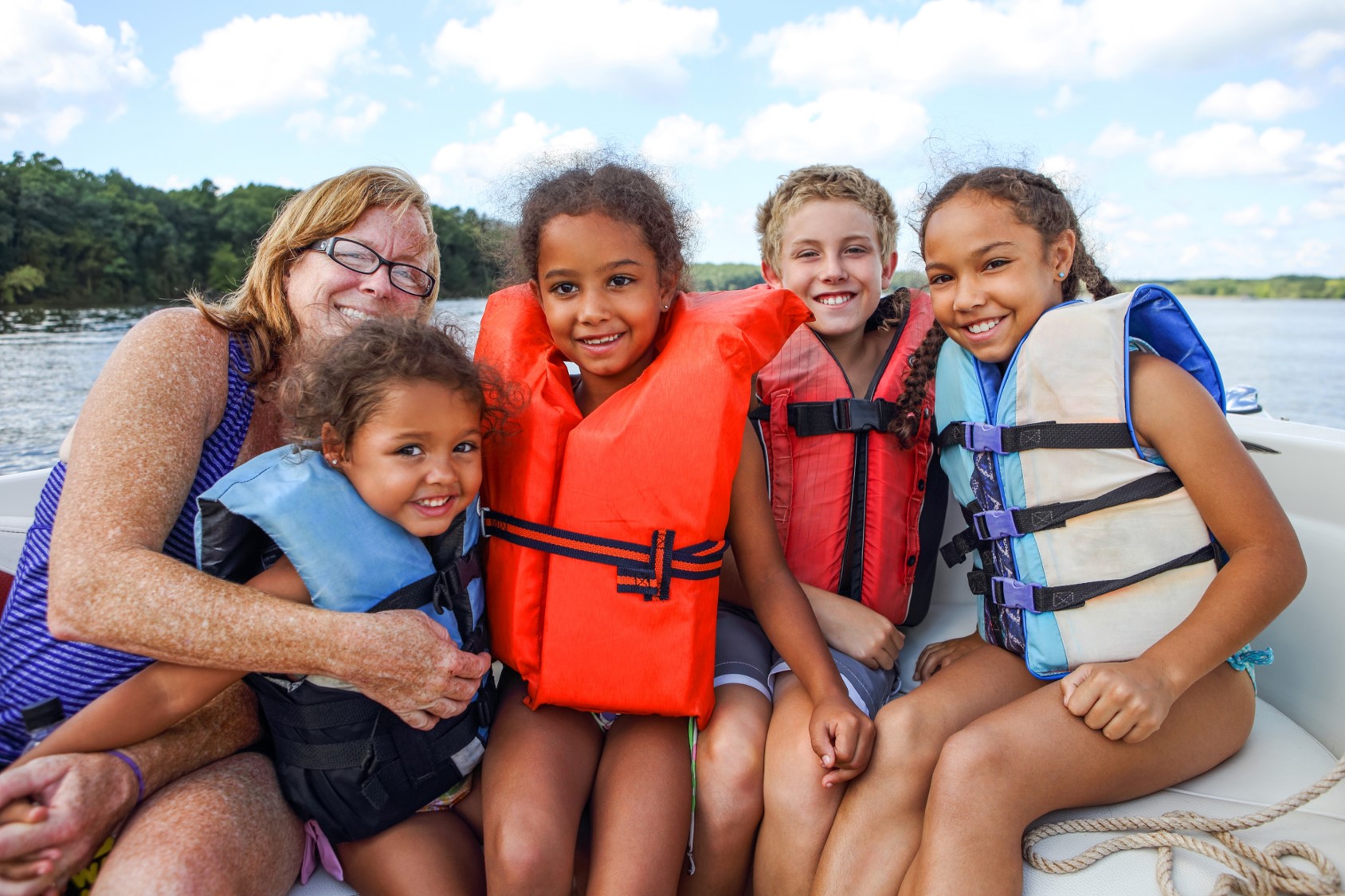
Water Safety and Swim Resources
Learn where to swim and find swim lessons
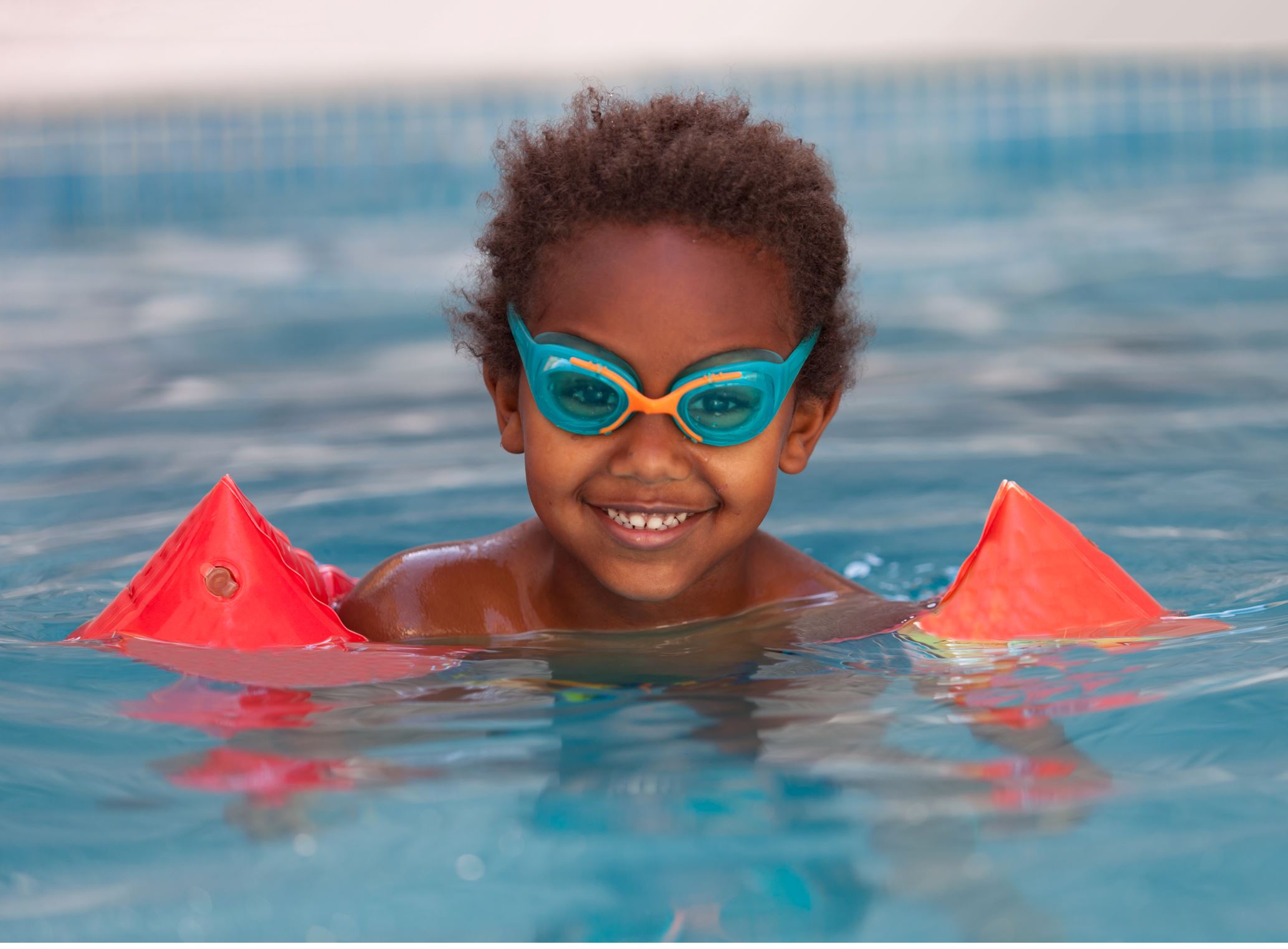
Aquatics Pathways
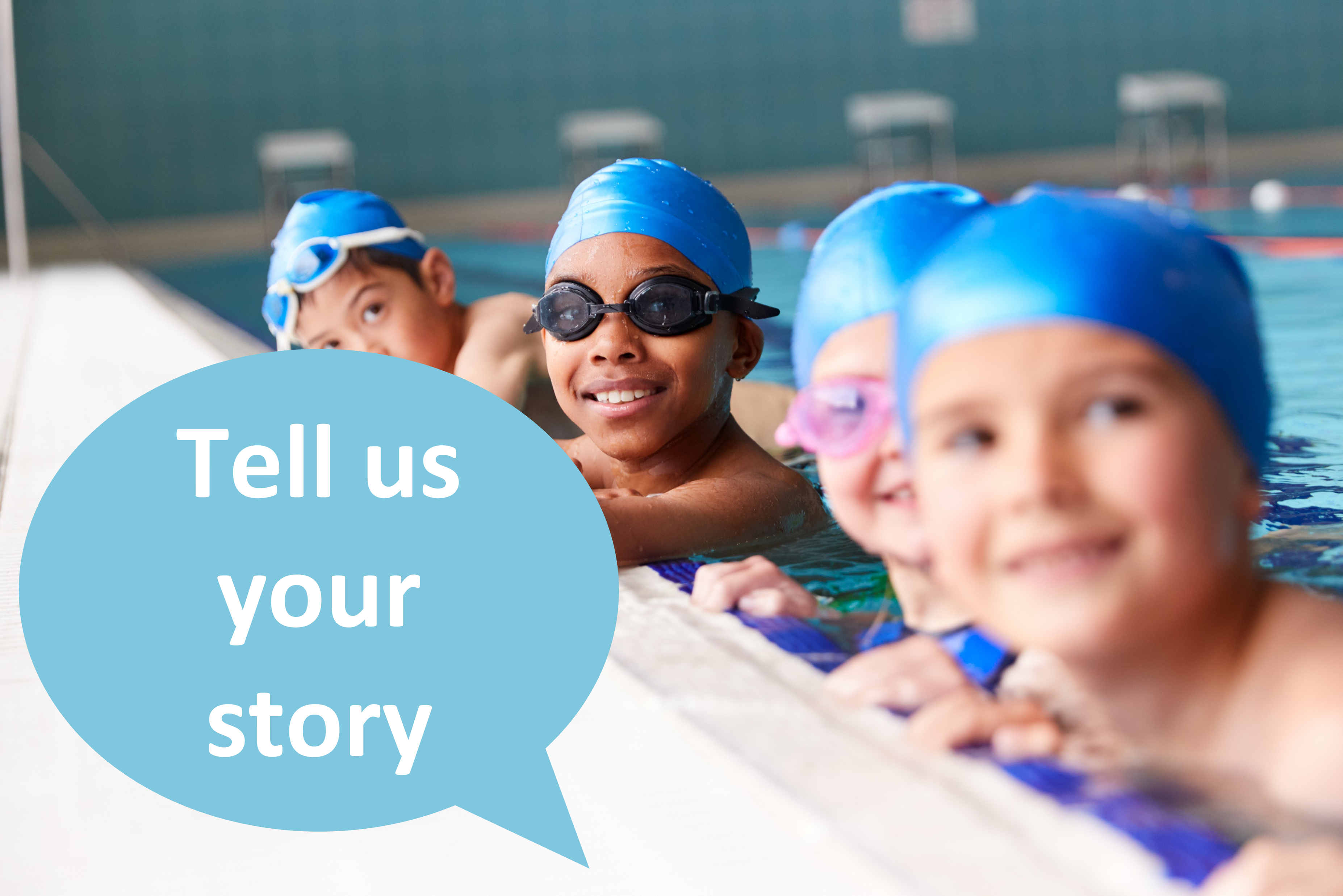
Swim Lesson Survey
In 5min, tell us your experience trying to find swim lessons
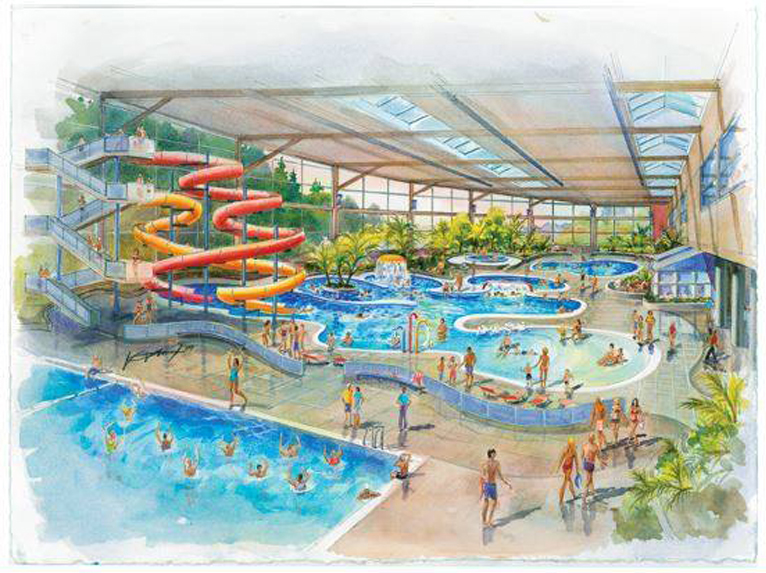
Latest News for New Facilities
Find out what we're up to and how to stay in the know
[1] National research study commissioned by USA Swimming Foundation and conducted by the University of Memphis and of Nevada, Las Vegas (2017)
[2] National research study commissioned by USA Swimming Foundation and conducted by the University of Memphis and of Nevada, Las Vegas (2017)
[3] USA Swimming, ‘Cultural Inclusion Resource Guide’, last accessed September 27, 2021, https://www.usaswimming.org/docs/default-source/diversity-inclusion/resource-guides/resource-guide-2016-asian-americanweb.pdf?sfvrsn=6
[4] City of Bellevue website, Source: U.S. Census Bureau, 2017 American Community Survey, last accessed October 13, 2021; City Demographic Profile | City of Bellevue (bellevuewa.gov)
[5] Magdalena O’Neal, ‘Bonnie Tsui Makes Waves: A Journalist Inspires the Next Generation to Dip Their Toes in the Water’, Sunset Magazine, August 4, 2021, https://www.sunset.com/travel/outdoor-adventure/bonnie-tsui-surfer-book
Photo credits:
Local open water & pools – Susan Pappalardo
Home pool, lifejacket, swim lessons – Shutterstock
Infant swim lesson – Alicia Miller
Lifeguard not on duty TV image – Komo News
